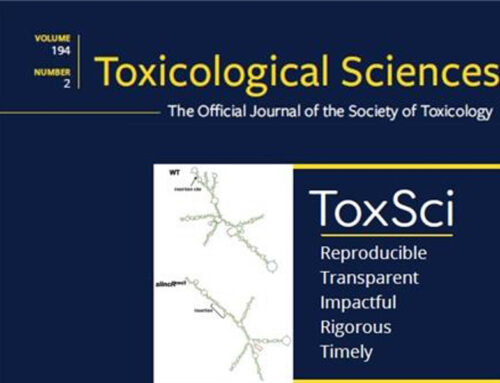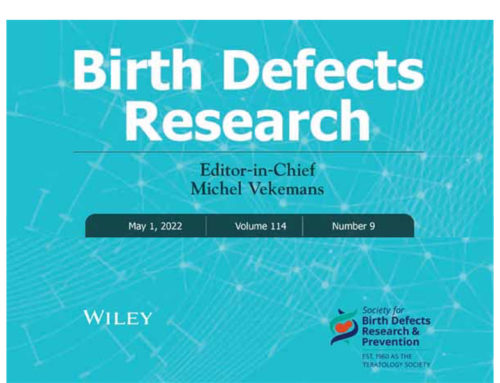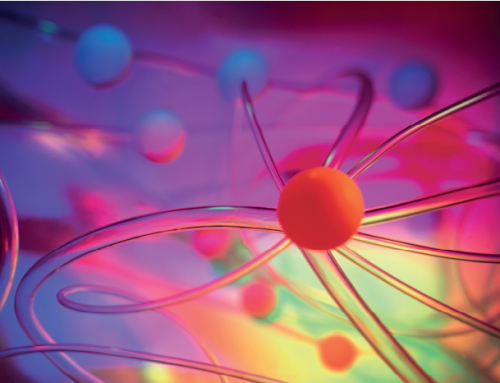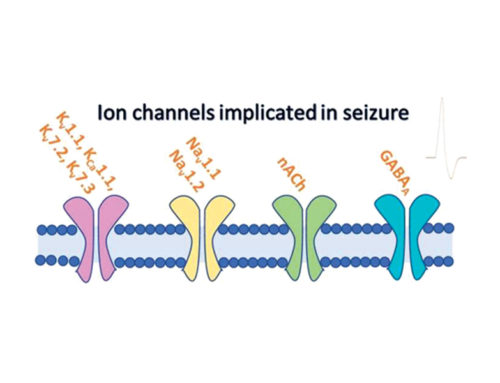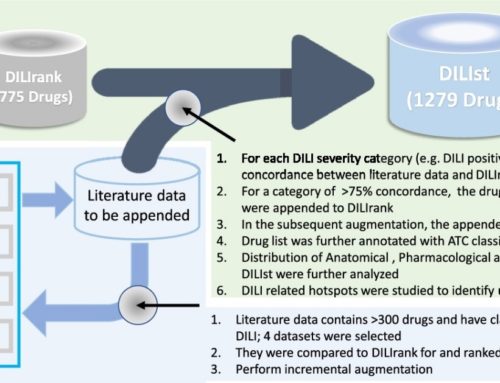In vitro inhibition of the bile salt export pump correlates with risk of cholestatic drug-induced liver injury in humans.
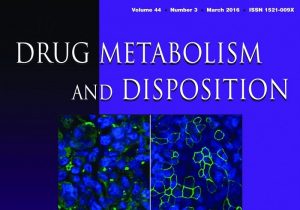
Abstract
Inhibition of the activity of the human bile salt export pump (BSEP: ABCB11) has been proposed to play a role in drug-induced liver injury (DILI). To enhance understanding of the relationship between BSEP inhibition and DILI, inhibition of human BSEP (hBSEP) and its rat ortholog (rBsep) by 85 pharmaceuticals was investigated in vitro. This was explored using assays that quantified inhibition of ATP-dependent [(3)H]taurocholate uptake into inverted plasma membrane vesicles from Sf21 insect cells, which expressed the proteins. Of the pharmaceuticals, 40 exhibited evidence of in vitro transporter inhibition and overall a close correlation was observed between potency values for inhibition of hBSEP and rBsep activity (r(2) = 0.94), although 12 drugs exhibited >2-fold more potent inhibition of hBSEP than rBsep. The median potency of hBSEP inhibition was higher among drugs that caused cholestatic/mixed DILI than among drugs that caused hepatocellular or no DILI, as was the incidence of hBSEP inhibition with IC(50) <300 μM. All drugs with hBSEP IC(50) <300 μM had molecular weight >250, ClogP >1.5, and nonpolar surface area >180Å. A clear distinction was not evident between hBSEP IC(50) or unbound plasma concentration (C(max, u)) of the drugs in humans and whether the drugs caused DILI. However, all 17 of the drugs with hBSEP IC(50) <100 μM and C(max, u) >0.002 μM caused DILI. Overall, these data indicate that inhibition of hBSEP/rBsep correlates with the propensity of numerous pharmaceuticals to cause cholestatic DILI in humans and is associated with several of their physicochemical properties.

